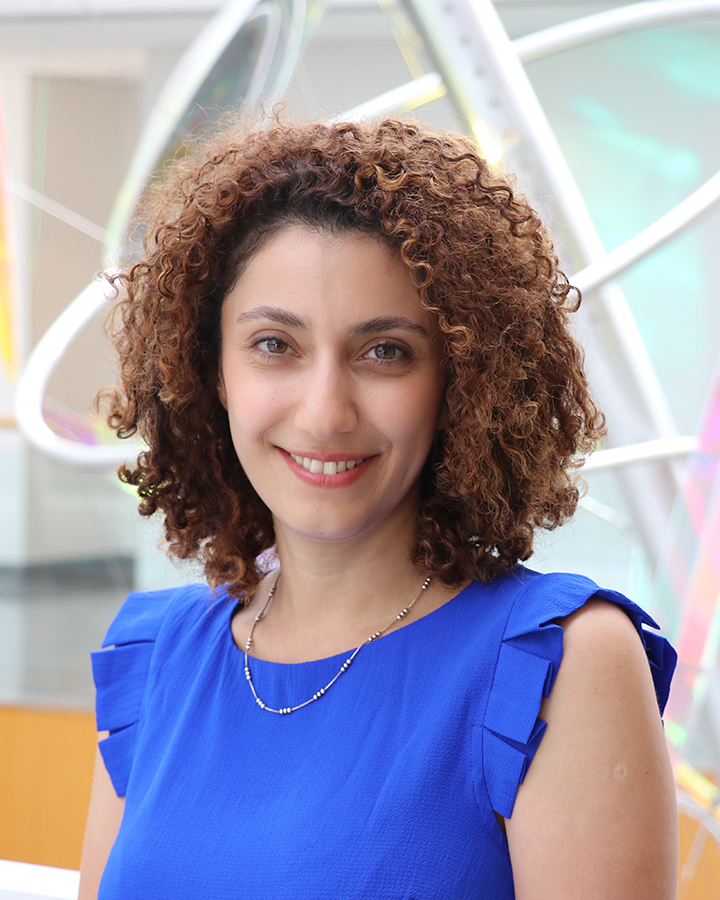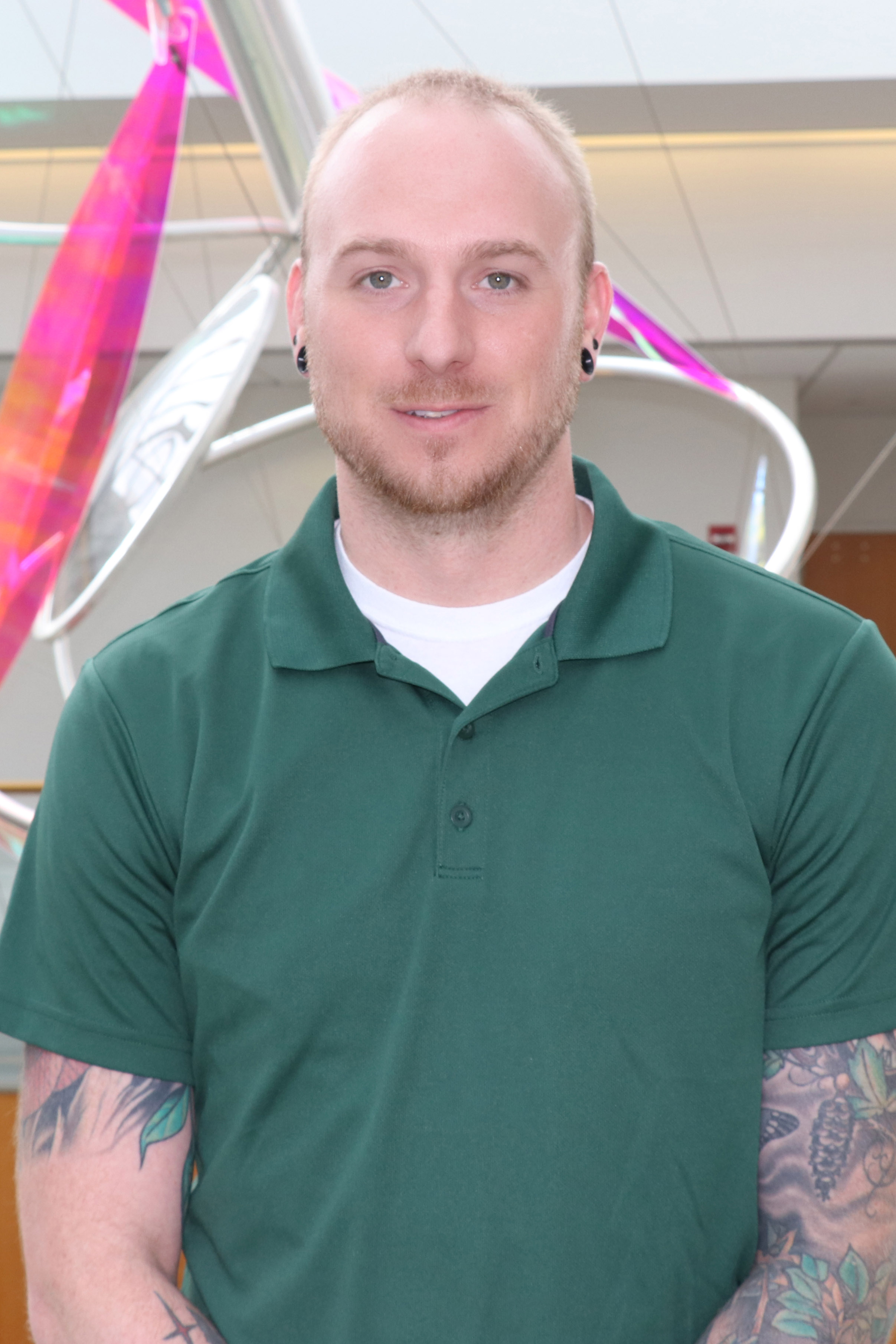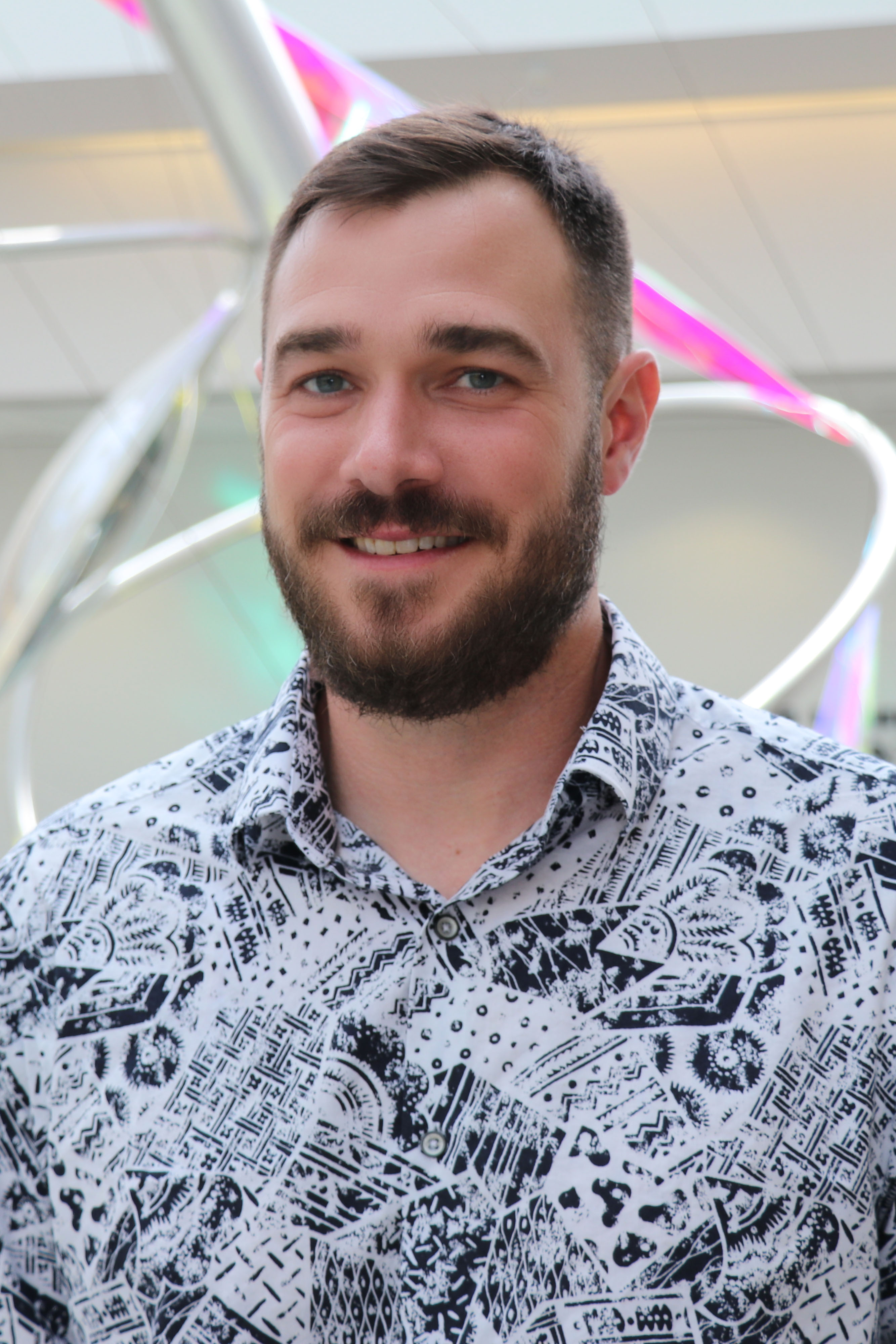Division welcomes four new faculty
Division welcomes four new faculty
The Division is excited to welcome four new members to its faculty this fall semester. The new members bring with them new expertise and fresh viewpoints in integrative biology and inclusive teaching practices.
Dr. Mitra Asgari
Dr. Asgari joins the Division as an Assistant Teaching Professor. Dr. Asgari earned her PhD in biological sciences from Wayne State University, Michigan. While pursuing her doctorate, Asgari developed a deep interest in teaching as well as in discipline-based education research. She did her postdoctoral work in teaching and education research at Cornell University and then joined the School of Life Sciences as a lecturer at Arizona State University. She has experience teaching large-enrollment introductory biology courses using student-centered and inclusive evidence-based teaching practices. Her education research interests and projects focus on understanding the learning experience of undergraduate students in intro biology courses and assessing the effectiveness and impact of teaching support provided to biology TAs and instructors. Dr. Asgari will contribute to teaching BIO_SC 1500, assist with the redesign of the laboratory component of the course, and develop a teaching professional program for TAs. Her office is in 108 Lefevre Hall.
Dr. Nick Blay
Dr. Blay joins the Division as an Assistant Teaching Professor. Dr. Blay earned his Ph.D. in integrative biology at Oklahoma State University in 2019. His dissertation focused on parental care and thermoregulatory behavior in wolf spiders. While working toward his doctorate, Blay served as a Teaching Assistant for several courses in the department and taught various biology courses at Northern Oklahoma Community College. For the last three years, Dr. Blay worked as an assistant professor at Wartburg College in northeast Iowa. As a first-generation college student, Blay is passionate about teaching and helping students from all backgrounds navigate the college environment. He has extensive experience developing and teaching lab courses for undergraduate biology students, including courses on introductory biology, anatomy, and physiology. Dr. Blay will contribute to the redesign of the laboratory component of our introductory course for majors (BIO_SC 1500) and will be involved in teaching the Division’s upper-level animal physiology course. His office is in 114A Lefevre Hall.
Dr. Kevin Middleton
Dr. Middleton joins the Division as an Associate Professor. Dr. Middleton is a familiar face in the Division and Mizzou, having been on faculty in the Department of Pathology and Anatomical Sciences in the MU School of Medicine since 2012. His research focuses on form, physiology, and function of the skeletal and muscular systems in the contexts of growth, locomotion, feeding, and evolution. His studies integrate across multiple scales from micro-scale structural materials of bone to macro-scale whole bone and multi-element cranial morphology to evolutionary changes across taxa and with comparisons to extinct organisms. Middleton brings a distinct set of experiences in organismal biology, skeletal-muscular dynamics, anatomy and statistics as well as a wealth of expertise in quantitative and analytical methods to the Division. He also comes with a decorated teaching and mentoring record, including the Gold Chalk Award for Graduate Teaching, the SOM’s Award for Outstanding Preclinical Faculty Education, and the Ann K. Covington Award for Undergraduate Mentoring. His office is located in 222 Tucker Hall
Dr. Joseph Santin
Dr. Santin joins the Division as an Assistant Professor. Dr. Santin’s integrative neurobiology lab is broadly interested in how the brain generates healthy electrical activity and, in turn, how neural circuits acquire energy to support their synaptic and cellular functions. These interests fall into two main projects. One focuses on the discovery that the frog brain shifts into a state that does not need oxygen and glucose to function. They are trying to understand the cellular, molecular, and metabolic mechanisms that allow neural circuits to reduce their energy demands but maintain seemingly normal function during conditions that resemble a stroke. The second focuses on the neural processes that allow frogs to restart breathing after hibernating underwater for several months. Inactivity in neuromuscular systems usually leads to neurological issues. Thus, frog brains appear to have “figured out” how to avoid these problems. The work has implications for the discovery of novel treatments of stroke and neuronal injury, as the lab is uniquely positioned to discover new forms of plasticity that improve fitness of neural circuits. His integrative studies along with his expertise in electrophysiology, neuroscience, and systems physiology complement several of the Division’s research and teaching missions. Dr. Santin’s office and lab are in 102 Lefevre Hall.




